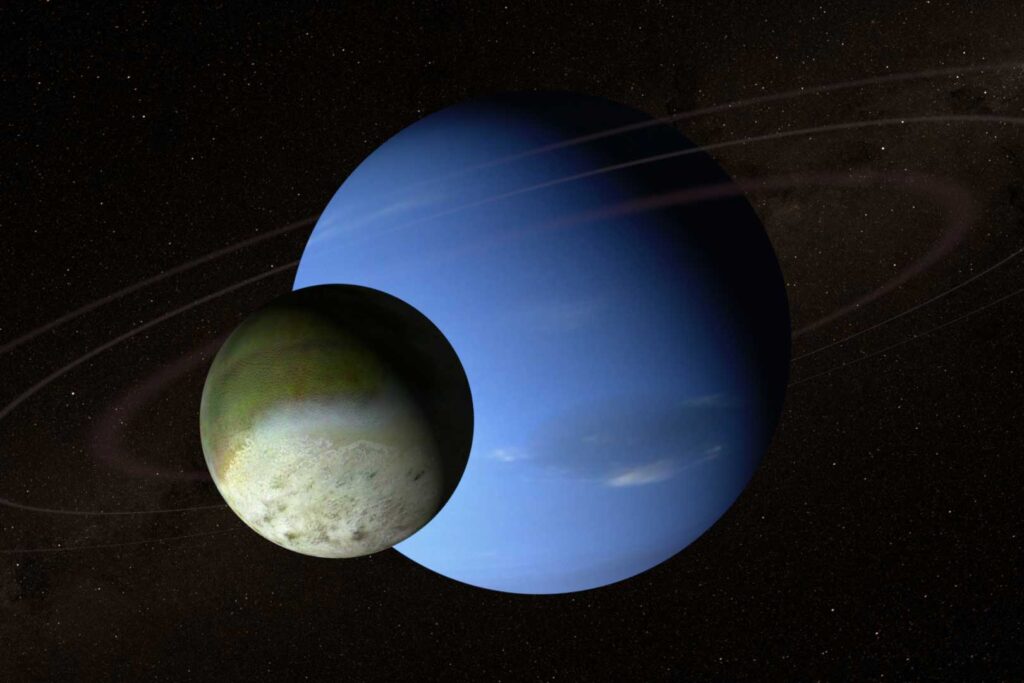The only spacecraft to ever visit Neptune is the Voyager 2 probe, which spent just a few precious minutes next to the mysterious world during its historic trip to the outer reaches of the solar system in the 1980s. More than 40 years have passed since that mission, and while space agencies around the world have built dozens of probes, landers and rovers in the decades since, none have met the outermost planet of the solar system; How about turning around it.
Planetary scientists have long been interested in revisiting Neptune; But this planet is so far away that it is almost impossible to send an orbiter or a lander to it. Although the New Horizons probe has visited the dwarf planet Pluto, its mission was a brief flyby. So far, the farthest orbiter we’ve sent has been to Saturn.
Neptune is very far away; So far that it is hard to understand. The outermost world of the solar system is approximately 30 astronomical units or 30 times the distance between the Earth and the Sun. For comparison, it takes about 7 years to reach Jupiter, and Neptune is 5 times further away.
Although Voyager 2 reached Neptune after 12 years, it had a completely different flight path and passed by this planet quickly and non-stop. In 2014, New Horizons passed by Neptune and its moon Triton at a distance of approximately 3.96 billion kilometers; But this spacecraft also quickly passed Neptune. This type of flyby is completely different from putting a spacecraft into orbit around a planet and is not achievable with current technologies.
One of the problems with a return mission to Neptune is that focusing solely on passing by the planet is too expensive and lacks significant scientific value. Without the favorable alignment that was available for missions in the 1970s and 1980s, we would have to use more fuel to send probes to Neptune, and in return, we would not reap the scientific rewards of previous decades.
The next logical step after the flyby mission is to send the orbiter; But the great distance to Neptune brings significant challenges. We don’t have a clear strategy for getting a large enough orbiter into the Neptune system, putting enough fuel to slow it down, and doing all of this in a relatively short amount of time.
However, researchers have recently come up with an ambitious new idea for how to overcome these challenges: using the thin atmosphere of Triton, Neptune’s largest moon, to trap the spacecraft.


![Easily run Android apps on Windows! [تماشا کنید]](https://pcjow.com/wp-content/uploads/2023/11/young-boy-black-t-shirt-google-play-android-6549539c7c0c309f944313e0-150x150.jpeg)